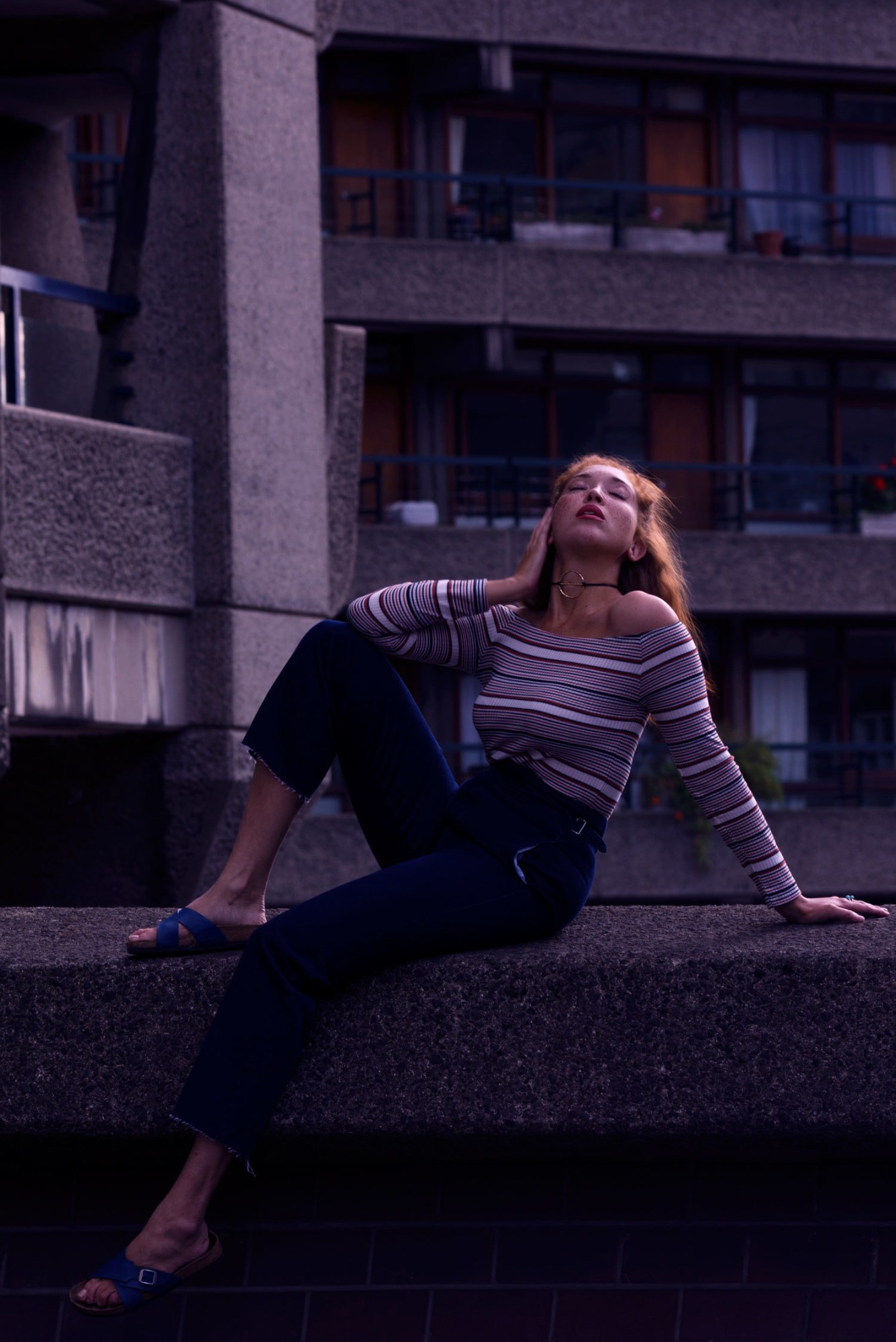When it comes to the diversification of the fashion industry, of its begrudging acceptance of alternative beauty ideals, it feels like not one day goes by without competing factions publicly warring with one another, or without high profile individuals (cc: Hervé Léger exec Patrick Couderc) flinging their controversial two pence pieces into the fiery pit.
Amongst all this, and on the back of a fantastic, burgeoning plus-size wave that is currently crashing down on outdated beauty trends, is a bunch of female models trying to make their own mark – those that are a UK size 12.
I keep seeing perplexed online comments by Joe Public or articles by nonplussed writers pondering where the size 12s or 14s have all got to, when it comes to lauded models.
The thing is, size 12 in the modelling industry is a bit No Man’s Landish. It’s either too big for standard modelling, which traditionally reaches the dizzy heights of a size 8/10, or it’s too small for plus size which, most people would agree, goes from roughly a size 16 up. Thus the title for a size 12 model has become ‘inbetweenie’, despite still being in the ‘plus size’ division of model books.
I’m an inbetweenie model. Over the years, and at almost 6’1, I’ve oscillated between nine and 12st. I’m now with dimensions I’m probably born to have. I’m not exactly a career model, I’ve come into it quite late in fact, so with (fairly) objective eyes I wanted to explain why you don’t see size 12 models as much as other sizes: there just isn’t the same demand.
“Size 12 is a bit of a difficult size to sell as clients are wanting 16- 18UK more and more these days”, Saskia, a booker at plus size modelling agency Hughes Models (my agency), tells me. “The problem that the fashion industry seems to have is that plus size is not plus size unless it is bigger than ‘average’, and straight size isn’t straight size unless it’s smaller than ‘average’ – this makes the majority of women sort of stuck on the inbetweenie boat, although they are the majority consumer size.”
The super successful size 12 models you probably have heard of, or at least seen, include Myla Dalbesio, the beauty quietly chosen by Calvin Klein last year for its ‘Perfectly Fit’ underwear campaign. Though many were aghast at how she could be deemed ‘plus size’, it was refreshing for a clothing behemoth such as Calvin Klein to feature a larger girl without the pomp and ceremony often bestowed on such inclusion. In fact, Calvin Klein didn’t mention her size at all.

Another is Australian Robyn Lawley, who earlier this year became the first ‘plus sized’ (again, is she really?) model to grace the pages of the Sports Illustrated Swimsuit Edition, despite not appearing much bigger than Kate Upton, who’s appeared in it loads since 2011.
Unfortunately there is a huge disparity between what consumers say plus size is and what the modelling world has it down as, leaving budding inbetweenie models unsure of what to do with themselves.
I’ve been repeatedly told by those in the industry that I’m too ‘mid range’ to find work, implying that I’d have to either lose or gain weight to get some traction. I’ve also had people openly slate my size on the Facebook photos of an international plus size agency I’m with, much like the criticism levelled at activewear brand The Upside for considering size 14 model Laura Wells ‘plus’.
“I’m a UK size 12 aka in the modelling industry – invisible,” Charlie Lockwood, a model at Bridge Models told me. “Constantly in magazines and on the runway we are faced with the battle of super skinny and super curvy. More often than not these sizes are played off against each other as a battle of what is beautiful, as if one can’t be ideal and attractive if the other is.”
Charlie adds that on one hand she has been berated for her assets not being “family friendly” because they wobble, while on the other people have been wary of calling her ‘curvy’ for fear it will cause offence to larger women.
Charlotte Griffiths, director of Bridge Models, said: “At the moment size 12-14 UK models are struggling to find equal representation. “For some brands they are not curvy enough to represent their clientele and for others they may be too curvy. A size 12UK model is most likely to do well with lingerie clients but there is not as much of a high demand for them for catwalk and fashion campaigns.”
Charlotte acknowledges that change is “definitely happening”, much more so than five years ago, but that designers and high street brands still need to do some catching up.
London-based German model Kira Meyer said: “In the UK there doesn’t seem to be a huge market for my measurement but when I recently signed with an agency in Hamburg, the booker loved my size and said that plus models with these measurements get the most jobs, so clearly there must be differences between cultures as well.”
It’s surely just a matter of time before fashion houses of brow high and low come to realise the financial rewards for using beautiful women across the size, age and creed spectrums. Magazines have been moving that way for some time – Cosmo‘s editor Farrah Storr says they have “always championed models of different sizes” – and with campaigns such as #DropThePlus and Models with Curves, it might only be round the corner.
Credits
Text Natasha Culzac
